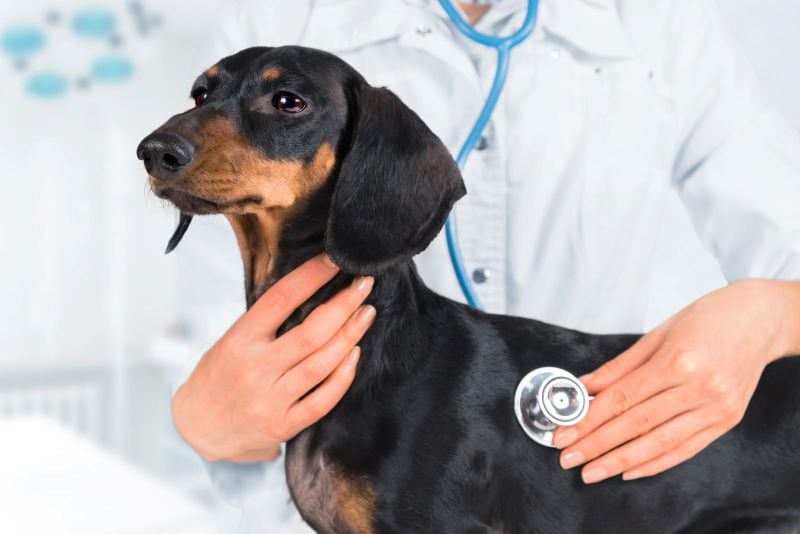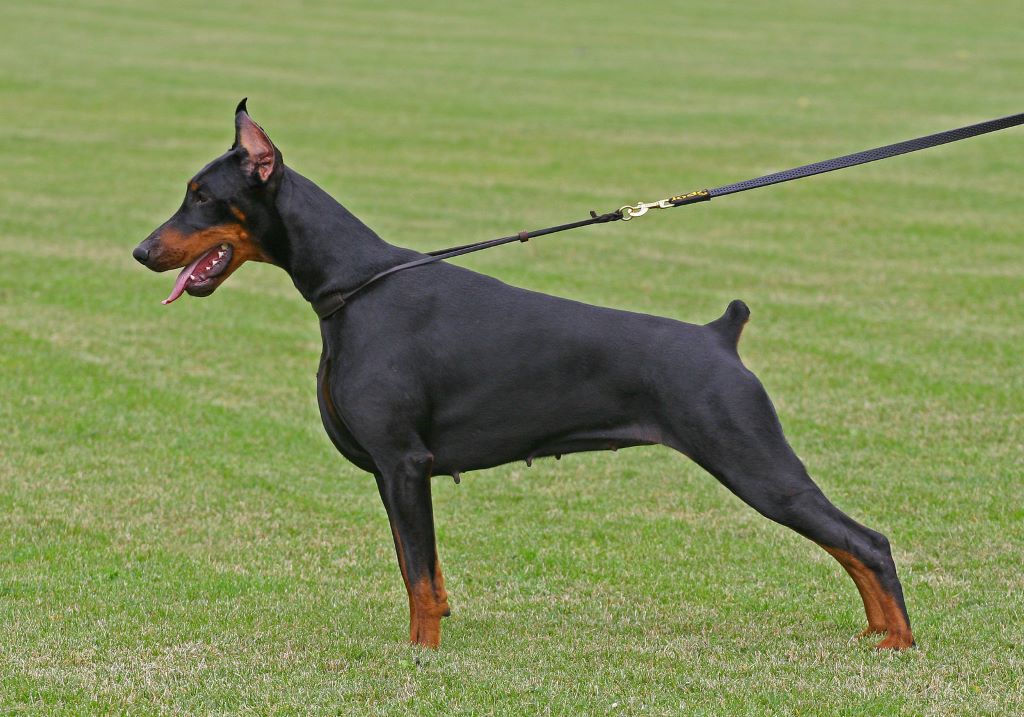Dachshunds are a beloved breed known for their long bodies and short legs. Unfortunately, their unique body structure also makes them prone to certain health issues, particularly in their front legs. Dachshund front leg problems can have various causes, ranging from genetic predisposition to injury or illness.
As a pet owner, it’s essential to be aware of the symptoms of front leg problems in your Dachshund and to seek professional help if any issues arise. In this article, we’ll explore the causes, symptoms, and treatment options for Dachshund front leg problems, as well as tips for prevention.
Causes of Dachshund Front Leg Problems
Genetics and breeding
Dachshunds are predisposed to several genetic conditions, such as intervertebral disc disease (IVDD) and patellar luxation, which can affect the bones and joints of the front legs. These conditions can be hereditary and passed down from one generation to the next, making it important to choose a reputable breeder who screens for these conditions.
Obesity and improper nutrition
Overweight dogs put extra pressure on their joints and bones, which can lead to wear and tear over time. Feeding your Dachshund a healthy and balanced diet, as well as maintaining a healthy weight, can help prevent front leg problems caused by obesity.
Trauma and accidents
Dachshunds are a lively and curious breed, and accidents can happen. Falls or being hit by a car can cause front leg problems in Dachshunds, such as fractures or dislocations.
Age-related issues
As Dachshunds age, they may develop arthritis or degenerative joint disease, which can affect the front legs as well as other parts of the body. Regular veterinary check-ups and preventative care can help catch these issues early and manage them effectively.
Diagnosis of Dachshund Front Leg Problems

If you suspect that your Dachshund is experiencing front leg problems, it’s important to seek veterinary care as soon as possible. Your veterinarian will begin with a physical examination, which may include manipulating the joints and limbs to assess range of motion and any signs of pain or discomfort.
They may also order X-rays and other imaging tests, such as ultrasounds or CT scans, to get a closer look at the bones, joints, and soft tissues in the affected area. Blood tests and other diagnostic procedures may also be recommended, depending on the suspected cause of the front leg problem.
Once a diagnosis is made, your veterinarian will work with you to develop a treatment plan that is tailored to your Dachshund’s specific needs and condition.
Treatment of Dachshund Front Leg Problems
The treatment options for front leg problems in Dachshunds will vary depending on the underlying cause and severity of the issue. If the problem is caused by trauma or injury, immediate medical attention may be required, such as immobilization of the affected limb or surgery to repair a fracture or dislocation.
For conditions related to genetics, such as IVDD or patellar luxation, treatment may include medication to manage pain and inflammation, physical therapy, or surgery in more severe cases. Age-related conditions, such as arthritis or degenerative joint disease, may be managed with a combination of medication, physical therapy, and lifestyle changes, such as a low-impact exercise routine or weight management.
Your veterinarian will work with you to develop a treatment plan that addresses your Dachshund’s specific needs and helps improve their overall quality of life. With proper care and management, many Dachshunds with front leg problems can lead happy and active lives.

Save Your Dachshund From Joint Problems!
Prevention of Dachshund Front Leg Problems
While not all front leg problems can be prevented, there are steps you can take to minimize the risk of your Dachshund developing certain conditions.
Maintain a healthy weight
One of the most important steps is to maintain a healthy weight for your Dachshund. Obesity can put extra strain on your Dachshund’s joints and increase the risk of conditions such as IVDD and arthritis. Feeding your Dachshund a healthy, balanced diet and providing regular exercise can help keep them at a healthy weight.
You can consult with your veterinarian for recommendations on the appropriate type and amount of food for your Dachshund, as well as an exercise routine that suits their needs.
Handle your Dachshund properly
It’s also important to handle your Dachshund properly to prevent injury. Avoid picking them up by their front legs, which can strain their joints and cause injury. Instead, use a supportive harness that distributes weight evenly across their body. When lifting your Dachshund, support their back end with one hand and their chest with the other.
If your Dachshund is hesitant to walk or jump, it’s important to investigate the cause and address it promptly, as this may indicate an underlying health issue.
Regular veterinary check-ups
Regular veterinary check-ups are crucial for maintaining your Dachshund’s overall health and detecting any potential issues early on. During routine check-ups, your veterinarian will perform a physical examination to check for signs of joint or bone issues, as well as other health concerns. They may also recommend diagnostic tests, such as x-rays, to evaluate your Dachshund’s joints and bones. By catching issues early on, you can help prevent them from becoming more serious and requiring more extensive treatment.
Research reputable breeders
Finally, if you are considering adding a Dachshund to your family, it’s important to research reputable breeders who prioritize health testing and responsible breeding practices. This can help minimize the risk of inherited health issues, including those that affect the front legs.
Ask for health certificates and information on the parents’ health and lineage. Additionally, avoid purchasing Dachshunds from pet stores or puppy mills, as these sources often prioritize profit over the well-being of the dogs.
Conclusion
In conclusion, Dachshunds are beloved pets that can suffer from a variety of front leg problems due to their unique body structure. However, by understanding the causes, symptoms, and treatment options for these conditions, you can take steps to prevent them and ensure your Dachshund stays healthy and active.
Regular veterinary check-ups, maintaining a healthy weight, and proper handling can all help prevent front leg problems from developing. If you suspect your Dachshund is experiencing any of the symptoms associated with front leg problems, seek veterinary care promptly.
With proper diagnosis and treatment, many of these conditions can be managed successfully, allowing your Dachshund to live a full and happy life by your side.









